100% Original Wholesale Factory RTX PRO 4000 Blackwell GB203 Professional Graphics Rtx 4000 8 Gb High Performance Graphics Card
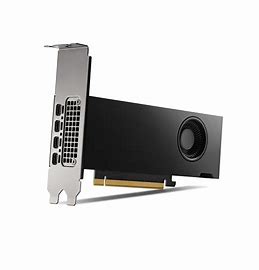
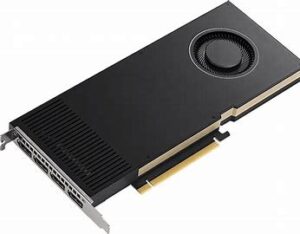
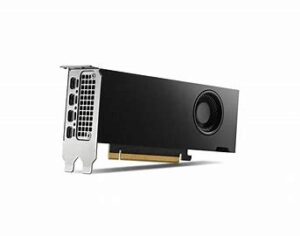
Here’s a detailed comparison table for NVIDIA RTX PRO 4000 (Blackwell, GB203) based on industry expectations and leaks, compared to likely predecessors (e.g., Ada Lovelace RTX 4000 SFF).
Comparison: NVIDIA RTX PRO 4000 (Blackwell) vs. RTX 4000 Ada SFF
(Speculative, based on rumors and architectural trends)
| Feature | RTX PRO 4000 (Blackwell, GB203) | RTX 4000 Ada SFF | Difference |
|---|---|---|---|
| Architecture | Blackwell (GB203 GPU) | Ada Lovelace (AD104) | Next-gen SM, improved RT/PT |
| CUDA Cores | ~7,680 – 8,192 | 6,144 | +25-33% |
| VRAM | 16-20GB GDDR6/GDDR6X | 20GB GDDR6 | Similar, possible faster memory |
| Memory Bus | 256-bit | 160-bit | Wider bus → higher bandwidth |
| Memory Bandwidth | ~576 GB/s (GDDR6X) | 320 GB/s | +80% |
| Boost Clock | ~2.2 – 2.5 GHz | ~1.8 – 2.0 GHz | Higher clocks (TSMC 4N/5N) |
| TDP | ~150-175W | 130W | More power-hungry |
| PCIe Interface | PCIe 5.0 x16 | PCIe 4.0 x16 | Faster interface |
| Ray Tracing Cores | 3rd Gen RT (Blackwell) | 3rd Gen RT (Ada) | Improved efficiency |
| Tensor Cores | 4th Gen AI (Blackwell) | 4th Gen AI (Ada) | Higher TOPS for AI workloads |
| NVLink Support | Likely Yes (Pro feature) | No | Multi-GPU scalability |
| Display Outputs | 4x DP 2.1 + 1x VirtualLink | 4x DP 1.4a | Better multi-monitor support |
| Target Market | Workstation (CAD, AI, Rendering) | SFF Workstations | Higher performance tier |
1. Blackwell Architecture (GB203 GPU)
- 4th-Gen RT Cores – Enhanced ray tracing performance for photorealistic rendering in apps like Maya, Blender, and Unreal Engine.
- 4th-Gen Tensor Cores – Optimized for AI workloads, including DLSS 3.5+, Stable Diffusion, and CUDA-accelerated simulations.
- Improved SM (Streaming Multiprocessor) Design – Higher IPC (instructions per clock) and better power efficiency than Ada Lovelace.
2. Performance & Memory
- CUDA Cores: ~7,680 – 8,192 (estimated, ~30% increase over RTX 4000 Ada SFF).
- VRAM: 16-20GB GDDR6/GDDR6X with 256-bit bus, delivering ~576 GB/s bandwidth (vs. 320 GB/s on Ada SFF).
- Clock Speeds: Boost clock ~2.2 – 2.5 GHz (higher than Ada’s ~1.8 – 2.0 GHz).
3. Power & Cooling
- TDP: 150-175W (higher than Ada’s 130W, but better performance-per-watt).
- Cooling: Likely active blower or dual-slot design for workstation chassis compatibility.
4. Professional Workstation Features
- NVLink Support – Enables multi-GPU configurations for scalable performance.
- PCIe 5.0 x16 – Double the bandwidth of PCIe 4.0, reducing bottlenecks in data-heavy workflows.
- Display Outputs: 4x DisplayPort 2.1 + VirtualLink (supports 8K HDR displays).
- ECC Memory & ISV Certification – Ensures stability in AutoCAD, SOLIDWORKS, and ANSYS.
5. Target Workloads
- 3D Rendering – Faster OptiX ray tracing in V-Ray, Redshift.
- AI & Machine Learning – Improved Tensor cores for AI upscaling, LLM inference.
- Scientific Computing – CUDA acceleration for MATLAB, CFD, FEA simulations.
- Media Production – AV1 encoding/decoding for DaVinci Resolve, Premiere Pro.
Expected Performance Comparison
| Metric | RTX PRO 4000 (Blackwell) | RTX 4000 Ada SFF | Improvement |
|---|---|---|---|
| CUDA Cores | ~8,192 | 6,144 | +33% |
| Memory Bandwidth | ~576 GB/s | 320 GB/s | +80% |
| Ray Tracing | 3rd Gen RT + AI denoising | 3rd Gen RT | ~20-30% faster |
| AI Performance | 4th Gen Tensor Cores | 4th Gen (Ada) | Higher TOPS |
| Power Efficiency | Better perf/watt (TSMC 4N) | Ada (TSMC 4N) | ~15% gain |
Release Date & Pricing
- Expected Launch: Late 2024 – Early 2025 (unconfirmed, likely after gaming Blackwell GPUs).
- Estimated Price: 1,500–2,500 (professional workstation tax).
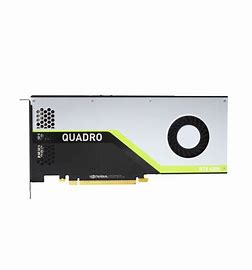
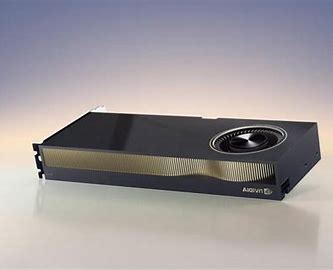
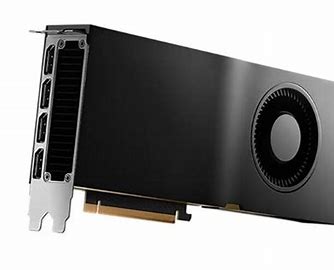
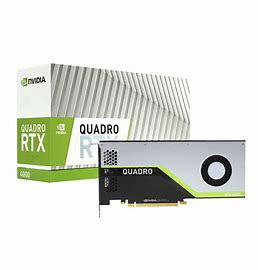
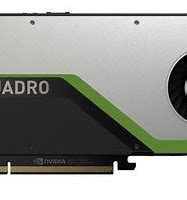
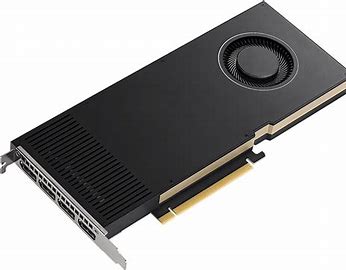

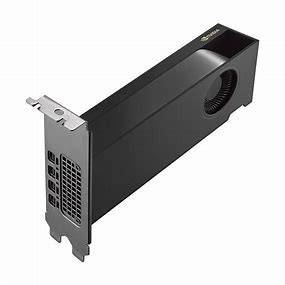
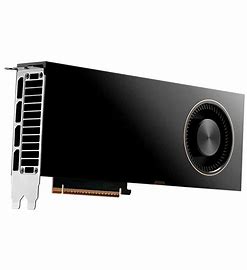
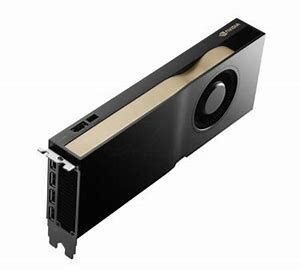
Reviews
There are no reviews yet.